What Is a Data Breach and How to Prevent It?
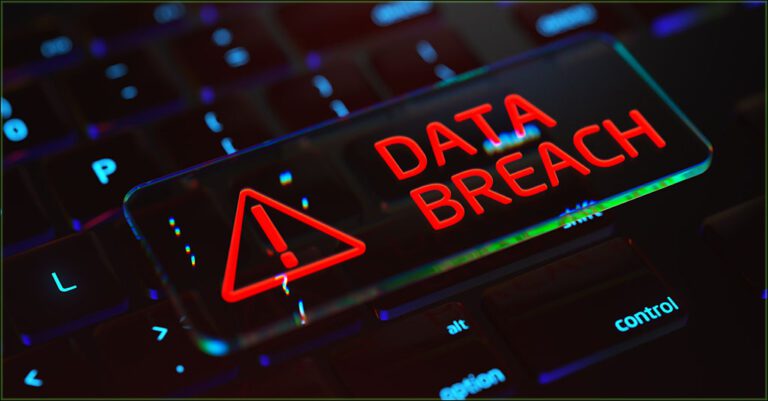
The year 2023 was an eye-opener for businesses large and small of how capable bad actors have become in executing successful cyberattacks. The biggest threat continues to be data breaches, which often lead to devastating legal, financial and reputational challenges that no organization ever wants.
In this blog, we’re going to dive deep into the world of data breaches to understand what they are and how they can affect your business. While there are many ways to avoid a data breach, at the top of the list are regular security awareness training, phishing simulation and dark web monitoring.
Schedule a demo now for BullPhish ID and Dark Web ID to discover how you can quickly and affordably overcome your IT security challenges and reduce breach risk.

Every business faces insider risk, from employee mistakes to malicious acts. Learn how to mitigate it. DOWNLOAD EBOOK>>
What is a data breach?
In simple terms, a data breach is a security incident where a bad actor gains unauthorized access to or acquires sensitive information. This data can range from personally identifiable information (PII), like social security numbers or financial information, to an organization’s intellectual property (IP).
It’s like a digital break-in, where cybercriminals obtain any kind of information that they can later use to make a profit or achieve their malicious goals. Bad actors can execute a number of disruptive activities after successfully breaching an organization’s IT environment, such as:
- Identity theft
- Financial fraud
- Ransomware attacks
- Phishing scams
- Corporate espionage
- Credential stuffing
- Social engineering attacks
- Selling or dumping PII on the dark web
Now that we understand what a data breach is and what it can lead to, let’s look at what can cause one.

See the path from a cyberattack to a defensive success with managed SOC in this infographic. GET IT>>
What causes a data breach?
While many factors can cause a data breach, we’ve listed some of the most common below:
- Insider threats: The threat posed by employees, contractors or partners with access to sensitive information is a multifaceted challenge that every company has to face. Most insider threats come from well-meaning employees making mistakes or being negligent.
- Accidental disclosure: Human errors, like clicking on phishing links, responding to a spoofed email or even uploading a spreadsheet that contains sensitive information to a cloud service without password protection, can cause a data breach.
- Social engineering: The modern cybercriminal has become quite adept at exploiting human psychology, tricking individuals into divulging confidential information that can help compromise an organization’s security.
- System vulnerabilities: Unpatched software, flaws in the IT infrastructure’s design or outdated software are the most common vulnerabilities that provide backdoors for cybercriminals.
- Device loss or theft: This is a tangible risk in data security. Devices such as laptops or mobile phones, when stolen or lost, offer bad actors easy access to sensitive information. Without proper encryption or remote wipe capabilities, the data stored on these digital assets can help malicious actors.
- Cybercrime: Malicious actors, driven by financial motives or personal grudges, execute targeted attacks on businesses, institutions and individuals.
- Compromised credentials: Compromised credentials pose a serious cyber-risk when unauthorized parties obtain valid usernames and passwords. This kind of data breach often results from phishing attacks or data breaches on other platforms where individuals reuse passwords.
- Physical actions: In the context of cybersecurity, physical actions refer to unauthorized access or intrusion into physical spaces where sensitive information is stored. It can involve individuals gaining entry to server rooms, offices or other restricted areas.
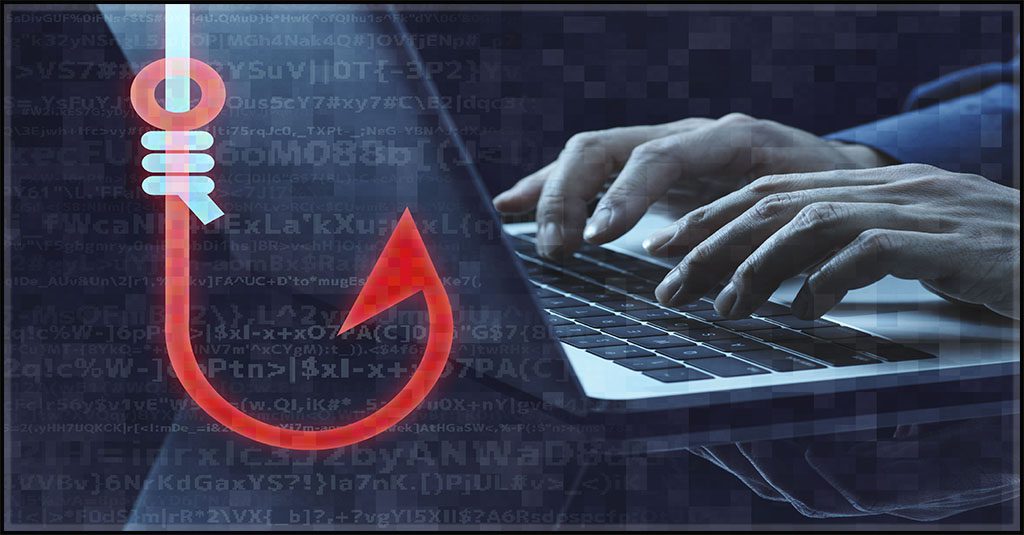
Learn how to spot today’s most dangerous cyberattack & get defensive tips in Phishing 101 GET EBOOK>>
How does a data breach happen?
A data breach unfolds through a meticulous series of steps taken by a cybercriminal who carries malicious intent toward an organization or individual. Here’s a guide to the tactics behind a data breach.
- Research the target: Cybercriminals initiate the process by meticulously researching their target. This involves gathering information on the target’s systems, networks and potential vulnerabilities. Social engineering techniques may come into play to identify weak points and potential entryways.
- Attack vulnerabilities: Armed with the newly acquired insights, the next step involves exploiting vulnerabilities in the target’s cyber defenses. This can include leveraging software vulnerabilities, weak security protocols or employing phishing tactics to gain access to user credentials. The goal is to find any points of entry into the targeted IT environment.
- Extract data: Once inside, the cybercriminals navigate through the network, identifying and accessing valuable data repositories. Using various techniques, such as malware, they stealthily extract sensitive information. This could include employee and customer data, financial records or any information that can fetch an attractive price on the dark web.
Understanding this process is crucial for organizations to bolster their defenses. By addressing vulnerabilities, implementing robust security measures and educating employees on potential threats, businesses can fortify their digital fortresses against carefully orchestrated data breach tactics.
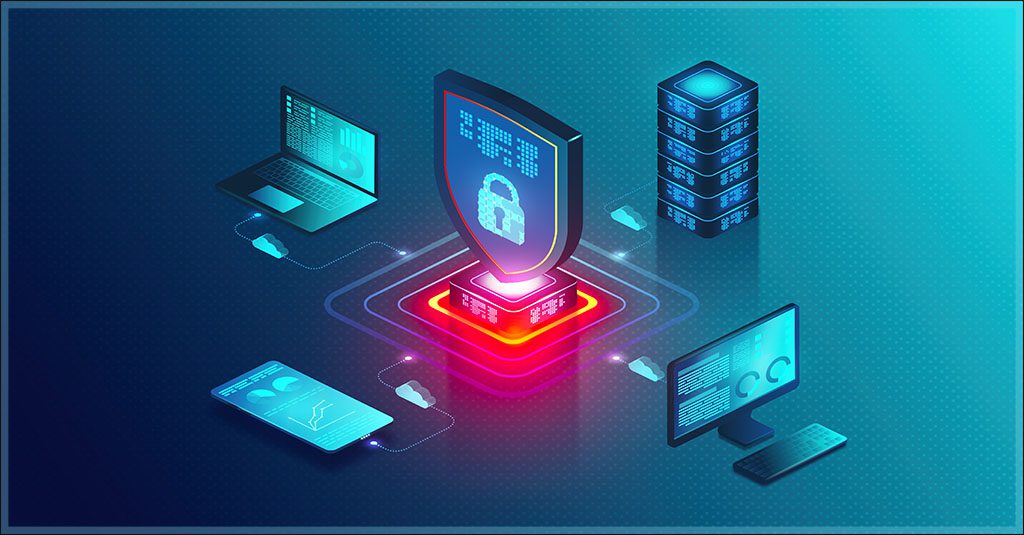
Learn how Datto EDR satisfies cyber insurance requirements for endpoint protection & EDR. DOWNLOAD REPORT>>
What are the consequences of a data breach?
A data breach goes beyond being just a technological setback. It could spell the end of a business or drastically affect an individual’s well-being. Below, we’ve detailed the consequences of a data breach for both individuals and businesses alike to present a clear picture of how devastating it can be.
Impact on individuals
- Credit damage: A data breach can result in the compromise of personal financial information, leading to damage to their creditworthiness. Individuals may find themselves facing unauthorized transactions or even identity theft, leaving a lasting stain on their credit score or history.
- Financial loss: Beyond potentially fraudulent activities, victims of data breaches may suffer direct financial losses, ranging from unauthorized purchases to drained bank accounts, disrupting their financial stability.
- Emotional stress: When it comes to a person’s privacy, it’s evident that a data breach is going to take a heavy emotional toll on them. Individuals often experience stress, anxiety and a sense of violation as their private information falls into the wrong hands, affecting their state of mind and overall well-being.
Impact on businesses
- Financial loss: For businesses, the financial repercussions of a data breach are extensive. From legal fees and regulatory penalties to loss of customers and revenue, the financial impact can be severe, long-lasting and often difficult to remediate.
- Reputational damage: A tarnished reputation is a significant consequence for businesses. Customer trust, which is carefully built over long periods of time, can dissolve quickly, affecting brand credibility and market presence.
- Hindered productivity: The aftermath of a data breach often leads to disrupted operations, diverting resources to damage control and recovery efforts. This results in extended downtime and hampers overall productivity.
- Sensitive data loss: The loss of sensitive business information or IP can have many drastic effects, from compromised trade secrets to intellectual property theft, jeopardizing a company’s competitive edge and long-term success.
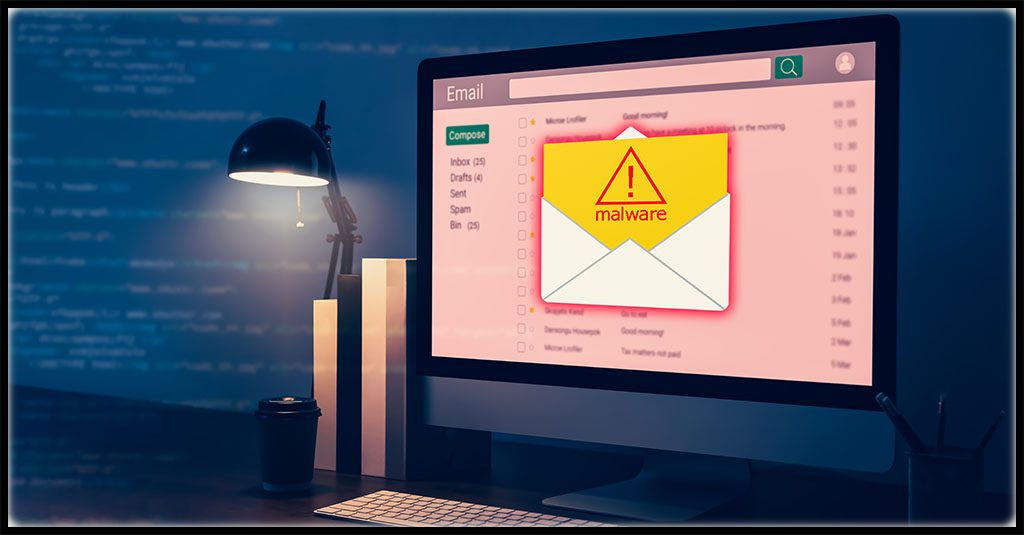
5 data breach examples
A data breach can happen to anyone — even some of the biggest names in the industry have been victims of the same. Below are some world-famous examples of how a data breach affected the following organizations.
Microsoft
Microsoft has suffered many data breaches in the past, but the most recent ones, occurring in July and September 2023, revealed concerning vulnerabilities. In July, Chinese hackers, identified as “Storm-0558,” exploited a Microsoft cloud services vulnerability, spying on U.S. government agencies. Subsequently, in September, the same hacker group stole over 60,000 State Department emails, exposing a key that granted broad access to Microsoft customer accounts, including those belonging to the U.S. government.
In 2018, Facebook found itself at the center of a massive breach impacting 87 million users. The Cambridge Analytica scandal revealed how third parties could exploit vulnerabilities to access and misuse personal data. This event sparked global discussions on privacy concerns within the social media ecosystem.
Zellis
UK-based payroll company Zellis fell victim to a ransomware attack orchestrated by the CL0P group, exploiting a zero-day vulnerability in the widely used MOVEit file transfer software by Progress Software. The data breach impacted over 2,000 organizations, with major UK companies like British Airways, Boots and the BBC reporting potential exposure of employee data. British Airways disclosed compromised details, including National Insurance numbers, salaries and bank account information. Zellis has not revealed the full extent of affected clients, marking a concerning trend in the exploitation of software vulnerabilities for widespread cyberattacks.
LinkedIn suffered a major data breach on October 31, 2023, as millions of records with PII went up for grabs on a hacking forum. The breach was a result of scraping, an automated extraction method that violated LinkedIn’s terms of service. The compromised data, pertaining to 2023 LinkedIn Premium users, included full names, email addresses, profile IDs, job titles, employers, education history, skills, languages spoken and professional summaries. This incident underscores the persistent threat of scraping and the vulnerability of personal information on online platforms.
Luxottica
Luxottica, the global eyewear giant, acknowledged a data breach in 2021, revealing the personal details of 70 million customers. The breach came to light when security teams identified substantial data sets of compromised information circulating on the dark web.

Explore how AI technology helps businesses mount a strong defense against phishing GET INFOGRAPHIC>>
How to prevent data breaches
Defending against data breaches demands a comprehensive security strategy. Here are a few cybersecurity practices you can implement to help you strengthen your cyber resilience in the current, highly advanced threat landscape.
- Network security: Build a robust digital perimeter by deploying firewalls, intrusion detection systems (IDS) and continuous monitoring solutions. This multifaceted approach ensures unauthorized access is identified quickly and makes way for effective remediation.
- Data encryption: Safeguard sensitive data with encryption, rendering it indecipherable to unauthorized entities. This protective layer extends across stored and transmitted data, reinforcing the confidentiality of critical information.
- Security awareness training: Cultivate a cybersecurity-conscious culture through regular security training and phishing simulation exercises. Equip your team with the knowledge to recognize and neutralize potential threats, transforming them into proactive guardians of your digital assets. Empower them to become the first line of defense.
- Patch and update systems: Stay one step ahead of cyberthreats by implementing regular software updates and be sure to improve patch management. This ongoing maintenance fortifies your system against evolving vulnerabilities, reducing the risk of exploitation.
- Password management: Strengthen access controls with robust password policies. Enforce complex and unique passwords, and consider integrating password management tools for added security against unauthorized access.
- Access control: Mitigate internal risks by implementing the principle of least privilege. Restrict access, ensuring individuals only have permissions essential to their roles. This targeted approach minimizes potential risks posed by insider threats.
- Multifactor authentication (MFA): Elevate access security with MFA. By requiring multiple forms of verification, you add an extra layer of defense, which helps reduce the risk of unauthorized access even in the event of compromised credentials.
- Dark web monitoring: Proactively monitor the dark web for signs of compromised credentials and potential threats. This vigilance allows for early detection and mitigation, preventing breaches before they can inflict any irreversible damage.
- Incident response planning: Anticipate and mitigate the impact of a breach with a well-defined incident response plan. Regularly update and rehearse the plan to ensure a swift and effective response with your IT team, minimizing the fallout in the event of a security incident.
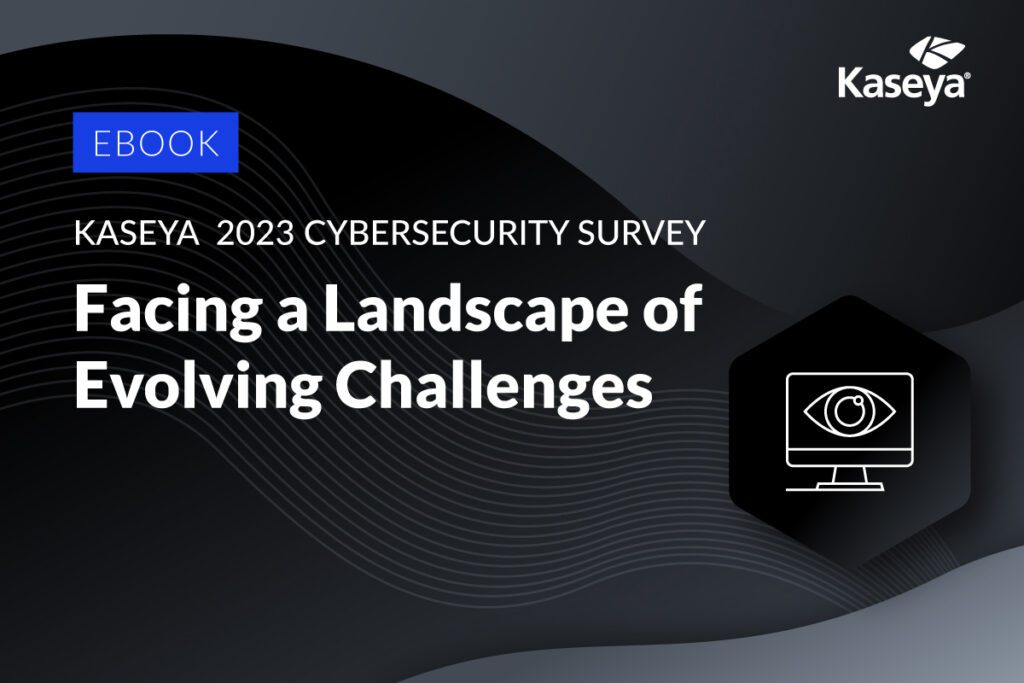
See the challenges companies face & how they’re overcoming them in our Kaseya Security Survey Report 2023 DOWNLOAD IT>>
How can security awareness training and dark web monitoring help prevent data breaches?
While the practices detailed above help build a robust defense, two key elements stand out: security awareness training and dark web monitoring.
Security awareness training
- Enhanced security culture: Elevate your organization’s overall security culture with comprehensive training. Instill a heightened sense of responsibility and awareness among your team members.
- Social engineering awareness: Equip your workforce to recognize and resist social engineering tactics. By fostering a keen understanding of manipulative techniques, you create a human firewall against deceptive cyberthreats.
- Reinforced vigilance: Cultivate a workforce that is not just security-aware but actively vigilant. Security awareness training ensures that every team member becomes a proactive guardian, contributing to the collective defense against potential breaches.
Dark web monitoring
- Monitoring for compromised credentials: Proactively scan the dark web to identify compromised credentials associated with your organization. By monitoring illicit forums and marketplaces, you stay ahead of cybercriminals, preventing unauthorized access before it occurs.
- Compromise alerts for rapid remediation: Receive real-time alerts on potential compromises. This enables swift remediation, allowing your team to respond promptly to any signs of data exposure, minimizing the impact of a breach and enhancing your overall incident response capabilities.
You’re all caught up with everything you need to know about data breaches and how you can best handle them. But we’ve got something to help you achieve your security objectives quicker and more effectively, allowing you to focus on your core business objectives.
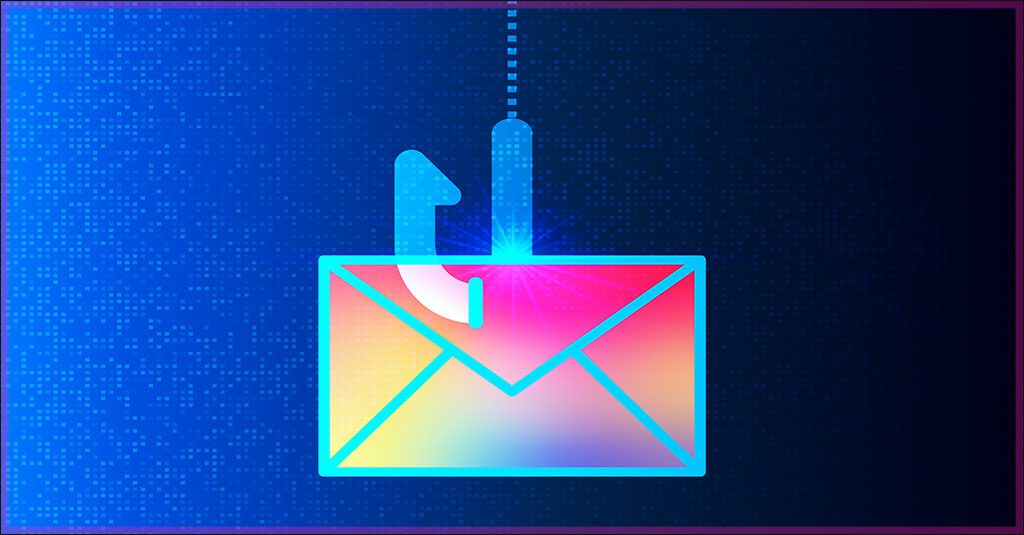
What cybercriminal tricks do employees fall for in phishing simulations? Find out in this infographic. GET IT>>
Prevent data breaches with BullPhish ID and Dark Web ID
Kaseya’s Security Suite has the tools that MSPs and IT professionals need to mitigate cyber-risk efficiently and at the best price point, including the human error risk. Our solutions integrate seamlessly and leverage automation to make an IT professional’s life easier.
BullPhish ID — This effective, automated security awareness training and phishing simulation solution provides critical training that improves phishing awareness, instills best security practices, prevents employee mistakes and reduces a company’s risk of being hit by a cyberattack.
Dark Web ID — Our award-winning dark web monitoring provides the greatest amount of protection with 24/7/365 human and machine-powered monitoring of business and personal credentials, including domains, IP addresses and email addresses.
Learn more about our security products, or better yet, take the next step and book a demo today!

Our Partners typically realize ROI in 30 days or less. Contact us today to learn why 3,850 MSPs in 30+ countries choose to Partner with ID Agent!
Check out an on-demand video demo of BullPhish ID or Dark Web ID WATCH NOW>>
See Graphus in action in an on-demand video demo WATCH NOW>>
Book your demo of Dark Web ID, BullPhish ID, RocketCyber or Graphus now!